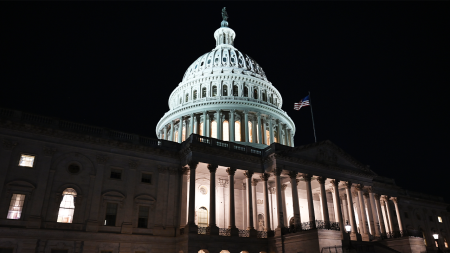The Department of Education made significant changes to simplify the Free Application for Federal Student Aid (FAFSA), but the rollout of these changes has been problematic. The form was not widely available until January, about three months later than usual. Additionally, families have been experiencing glitches with the new system, and the government did not start sending students’ financial aid information to colleges until mid-March. As a result, many students are now left in limbo, waiting to receive financial aid award letters from colleges before making decisions about enrollment and affordability for the upcoming fall semester.
The delayed availability of the FAFSA form has caused frustration and uncertainty for both students and their families. With the form not being widely available until January, families have had less time to complete the necessary paperwork and gather the required information. This delay has added stress to an already complicated process, and students are now faced with the challenge of waiting for financial aid award letters before they can make informed decisions about their college enrollment for the fall semester.
The glitches experienced with the new FAFSA system have further complicated the financial aid application process for students. These technical issues have caused delays and confusion, making it difficult for students to accurately complete the form and submit their financial information to colleges. As a result, many students are now left wondering whether they will receive the necessary financial aid to make attending college feasible and affordable for them.
The government’s delay in sending students’ financial aid information to colleges has added to the uncertainty surrounding the FAFSA process. With this information not being sent until mid-March, students are now facing a time crunch to make decisions about their college enrollment for the fall semester. This delay has left many students in limbo, unsure of whether they will receive the financial aid they need to attend their preferred college and make the necessary arrangements for the upcoming academic year.
As a result of these challenges and delays, many students are now waiting on financial aid award letters from colleges before making decisions about enrollment and affordability for the fall semester. These award letters are crucial for students to determine whether they can afford to attend their preferred college and what financial aid options are available to them. Without this information, students are left in a state of limbo, unsure of their future plans and unable to make informed decisions about their college education.
In conclusion, the recent changes to the FAFSA process have created challenges and complications for students seeking financial aid for college. The delayed availability of the form, glitches with the new system, and government delays in sending financial aid information to colleges have all contributed to the uncertainty surrounding the financial aid application process. As a result, many students are now facing a time crunch as they await financial aid award letters to make decisions about their college enrollment and affordability for the fall semester. The Department of Education will need to address these issues to ensure a smoother process for students in the future.















